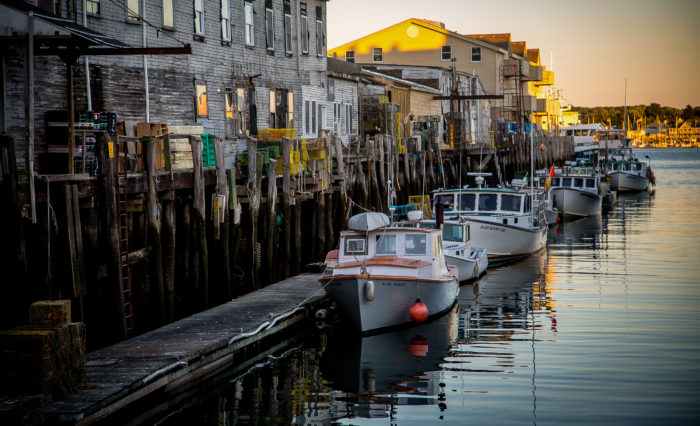“From a business standpoint, and at the global level, my industry is facing unprecedented challenges due to climate change. Larger and more frequent climate-driven disasters are proving ever more expensive in terms of claims, the models that predict risk are scrambling to adapt to an ever more chaotic climate – and reinsurance, the paper that the industry uses to insure the insurer, is becoming more and more costly,” says Daniel Bookham, a Maine insurance executive in an interview on the growing risk and insurance challenges faced by coastal communities effected by climate change.
“Of course I can only speak for myself, but this is the short version of what is happening and the only thing for certain in an otherwise uncertain future, is that climate related challenges will only grow. We face rising flood tides and sea levels in general; changes in precipitation patterns which can impact both crops and livestock as well as fisheries, tourism, and other drivers of the Maine economy; invasive species damaging the health of the trees, plants, fish, birds, animals and humans of Maine; warming waters that are changing the behaviors of commercial fish – and shellfish species; and will share in the economic and social shocks caused by national and global climate change impacts.”
In Maine, like so many North Atlantic coastal communities, the majority of both the population and businesses is concentrated in coastal or tidal river-port communities. The Gulf of Maine is the fastest warming body of water in the world and that has already impacted the states all-important lobster industry. But the effects are felt on many more levels.
“Change is underway and is reflected in the design and engineering standards being adopted by local and state governments, architects and designers, and the construction industry. Consumers are also demanding more in terms of energy efficiency and green design, but it’s still hard to convince folks that waterfront property carries risks that may eventually outweigh the incredible views,” says Bookham.
“In terms of impact on the people and businesses we insure of climate change, I can give a few examples. The size, intensity, and frequency of hurricanes along the US east coast is causing marine insurers to take a hard look not just at premium, but what they are prepared to cover in terms of navigation limits and when in the year a boat can be in certain parts of the ocean. For a state steeped in recreational- and commercial boat building as well as a place with more than its fair share of sailors, mariners, and fishermen, this has real impacts, both for recreation and work.”
Read the interview, As Climate Change Grows So Do Insurance And Risk Challenges For Coastal Communities here.

